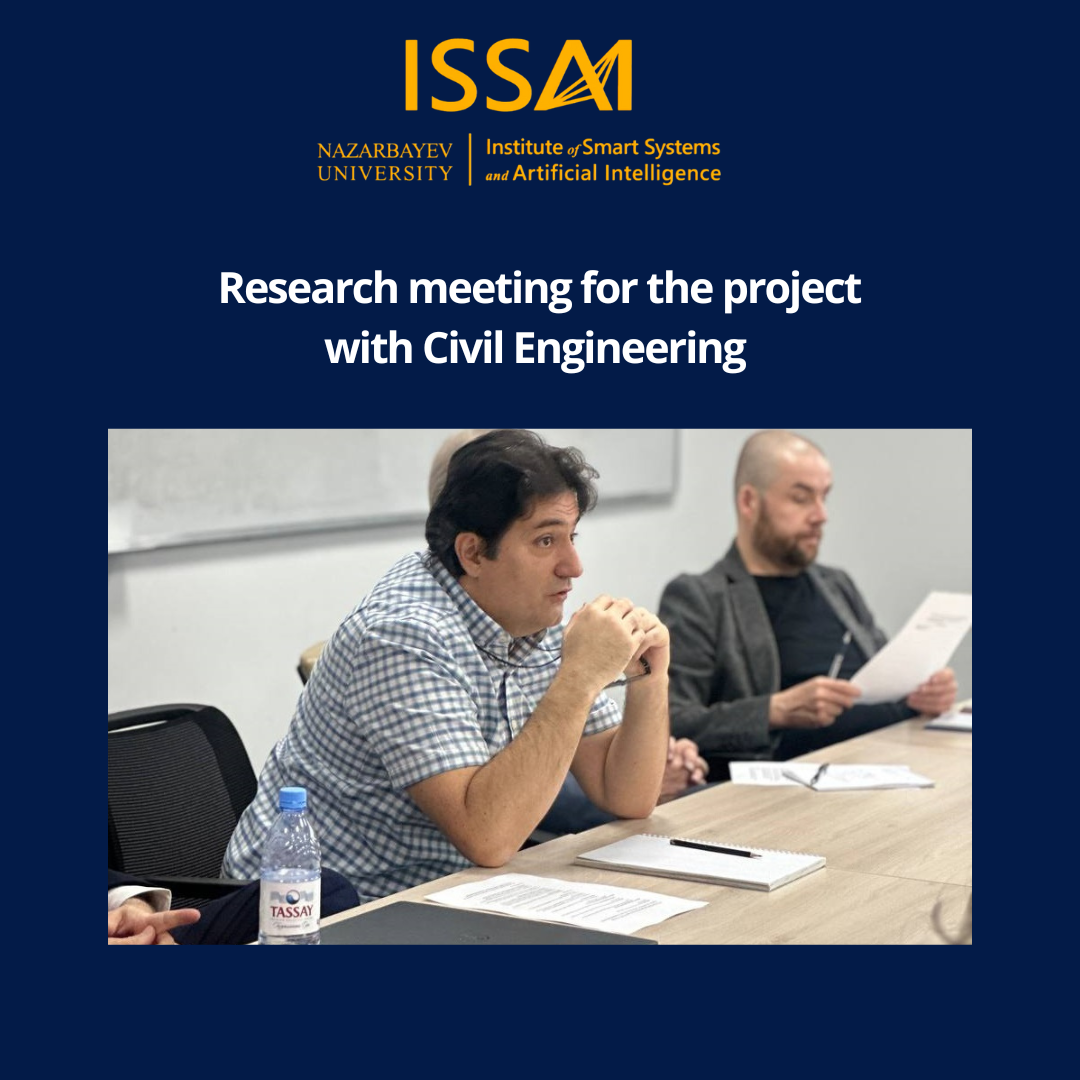On 23rd of November 2023 Сo-PIs of the Civil Engineering project, including researchers from ISSAI, partners and invited guests from the industry participated in the biannual research meeting for the project of “Circular Economy Indexing in Construction Industry Using Big Data and AI” under the supervision of Professor Ferhat Karaca.
The meeting covered the project’s progress in these key areas, which drive innovations within the construction sector:
Exploring Stakeholders’ Opinions on Circular Economy in Construction Sector: A Natural Language Processing Analysis of Social Media Discourse: using advanced AI and NLP techniques, we delved into stakeholders’ perspectives on integrating circular economy principles in construction. Our findings revealed a breakdown of sentiments: 54% positive, 28% neutral, and 18% negative. An innovative online tool categorizes opinions, offering crucial insights for policymaking and industry growth towards a sustainable future.
Circular economy in Construction Sector and urban resilience: study links Circular Economy with urban resilience by assessing post-earthquake road blockages through remote sensing and GIS. It proposes a methodology to accurately determine blockages, shedding light on emergency response inefficiencies. The tool aids urban planners and policymakers in fortifying cities against future seismic shocks.
Circular Economy indexing in construction industry: Annotation of construction sites using satellite images: leveraging high-resolution satellite imagery from 45 diverse cities, this study identifies construction sites for city sustainability indexing. Initial manual annotation by trained moderators on CVAT.ai aims to develop an ML model capable of identifying construction sites and related units, thereby assisting in city analysis and sustainability efforts.
Additionally, the ML model primarily focused on identifying building foundations from a dataset of 17,873 objects. It exhibited 20% accuracy in initial testing, showing improvement to 30% in training sets. Remarkably, during validation, the model identified a footing initially missed by a moderator, showcasing its potential for enhanced accuracy.



